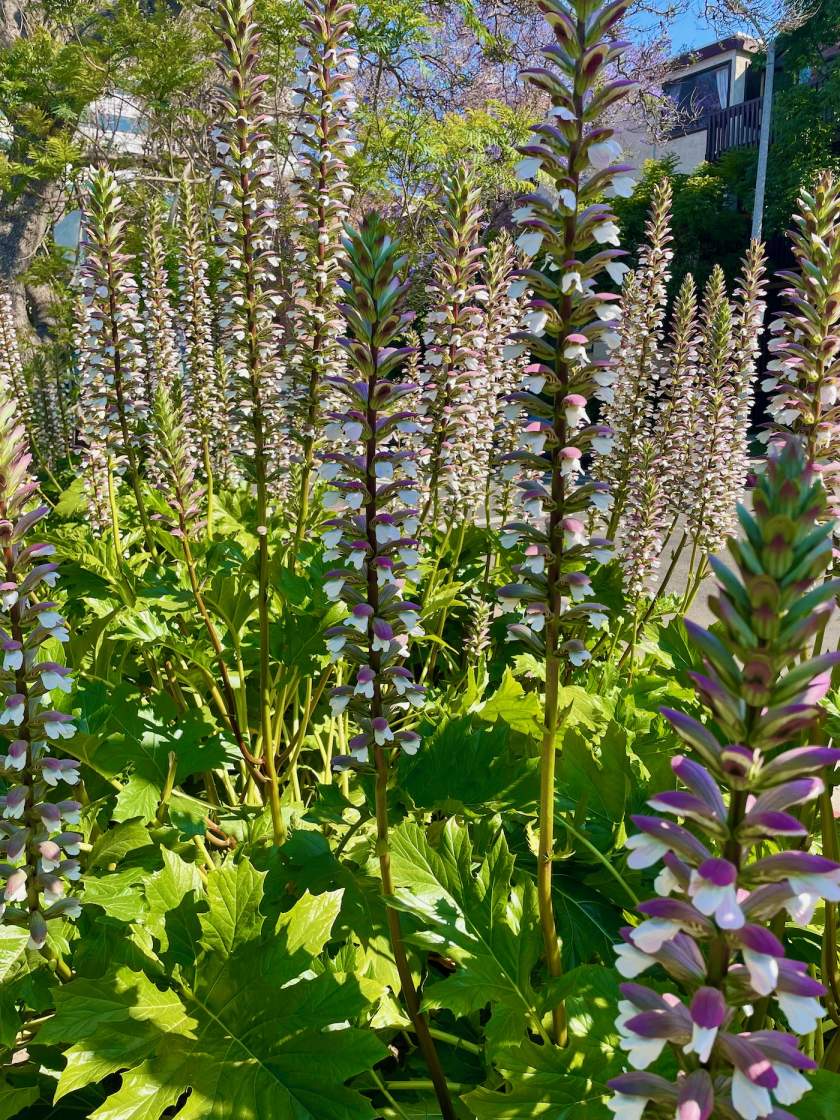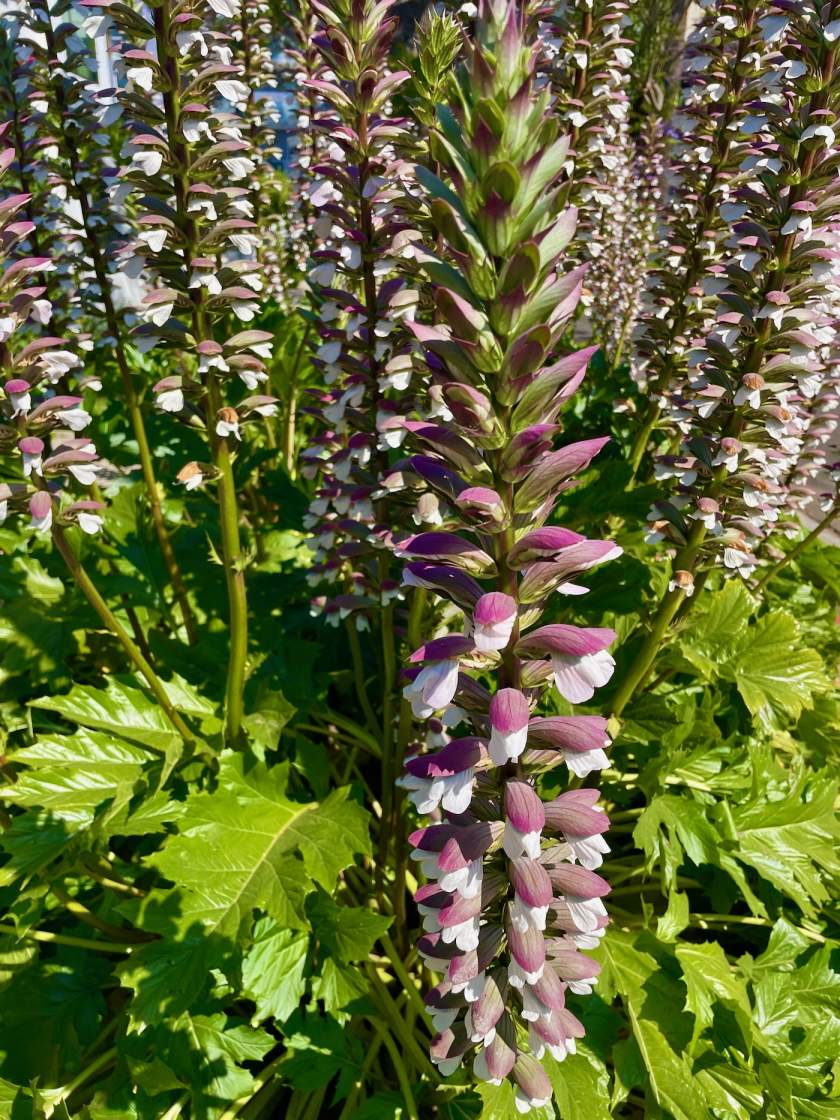Acanthus mollis: The Majestic Bear’s Breech Bringing Classical Beauty to Your Garden
Discovering the Majesty of Acanthus mollis: Acanthus mollis, commonly known as Bear’s Breech, Bear’s Breeches, Brank Ursine, Common Bear’s Breech, or Soft-Leaved Bear’s Breech, is a clump-forming perennial that graces gardens with its stunning foliage and architecturally bold flower spikes. This majestic plant is native to Southern Europe and northwestern Africa and belongs to the Acanthaceae family. Its unique name, “Bear’s Breech,” holds an intriguing history, with varying interpretations of its origin and meaning. But beyond its name, the beauty of Acanthus mollis has captured the attention of artists and gardeners for centuries.
Leaves and Flowers: The Acanthus leaves boast a classic appearance and have played a significant role in ancient Greek and Roman art and architecture. It is believed that the leaves of A. mollis or A. spinosus served as the model for the iconic Corinthian leaf motif carved at the top of Corinthian columns, widely used in the fifth century BC. Apart from its historical significance, Acanthus mollis displays an impressive mound of large, shiny, dark green leaves with soft spines, creating an eye-catching foliage display. But the true showstopper comes in late spring to midsummer when creamy white (and sometimes pink) snapdragon-like flowers emerge in vertical rows on substantial flower spikes, rising 3-5 feet tall above the lush foliage mound.
Cultivating the Majestic Acanthus mollis:
Sunlight: Acanthus mollis thrives in full sun to part shade, with the best flowering results in sunnier locations. However, it adapts well to part shade in hot summer regions.
Watering: Provide medium moisture to the well-drained soil. This plant can tolerate drought well once established.
Soil: Acanthus mollis is versatile when it comes to soil conditions, preferring fertile, medium moisture soils. It tolerates various soil types but not poorly-drained ones.
Pest and Disease: Bear’s Breech is generally a low-maintenance plant but may occasionally attract snails, and slugs, or experience powdery mildew issues.
Propagation: Divide established clumps or propagate through root cuttings in early spring. Beware that Acanthus mollis can spread aggressively through creeping rootstocks.
Gardening with Bear’s Breech
Acanthus mollis is a grand addition to gardens, particularly in beds and borders, cottage gardens, or Mediterranean-inspired landscapes. Its dramatic height of 3-5 feet and spread of 2-3 feet creates an impressive focal point. The plant’s adaptability to different light conditions makes it a suitable choice for various garden setups. For regions with hot summers, partial shade is ideal, while cooler summer areas can accommodate full sun. Even in deep shade, the plant survives but may produce fewer flowers. Additionally, Acanthus mollis thrives in well-drained soils, and its drought tolerance makes it an excellent option for gardens in dry climates.
Winter Care and Propagation Tips
In colder regions where Acanthus mollis is winter hardy (USDA Zones 7-10), leave the foliage in place over winter, removing it in early spring when new growth appears. Although the plant can be slow to establish, it can be challenging to eradicate once it takes root due to its creeping rootstocks. To control its spread, consider using root barriers.
Bringing Ancient Beauty to Your Garden
Acanthus mollis, with its rich history and captivating appearance, stands as a testament to the enduring allure of classical beauty in gardens. Whether you appreciate its historical significance or simply seek a majestic and easy-to-care-for perennial, Bear’s Breech is an outstanding choice. Embrace the elegance of Acanthus mollis, and let its grandeur and architectural charm elevate your garden to new heights.






